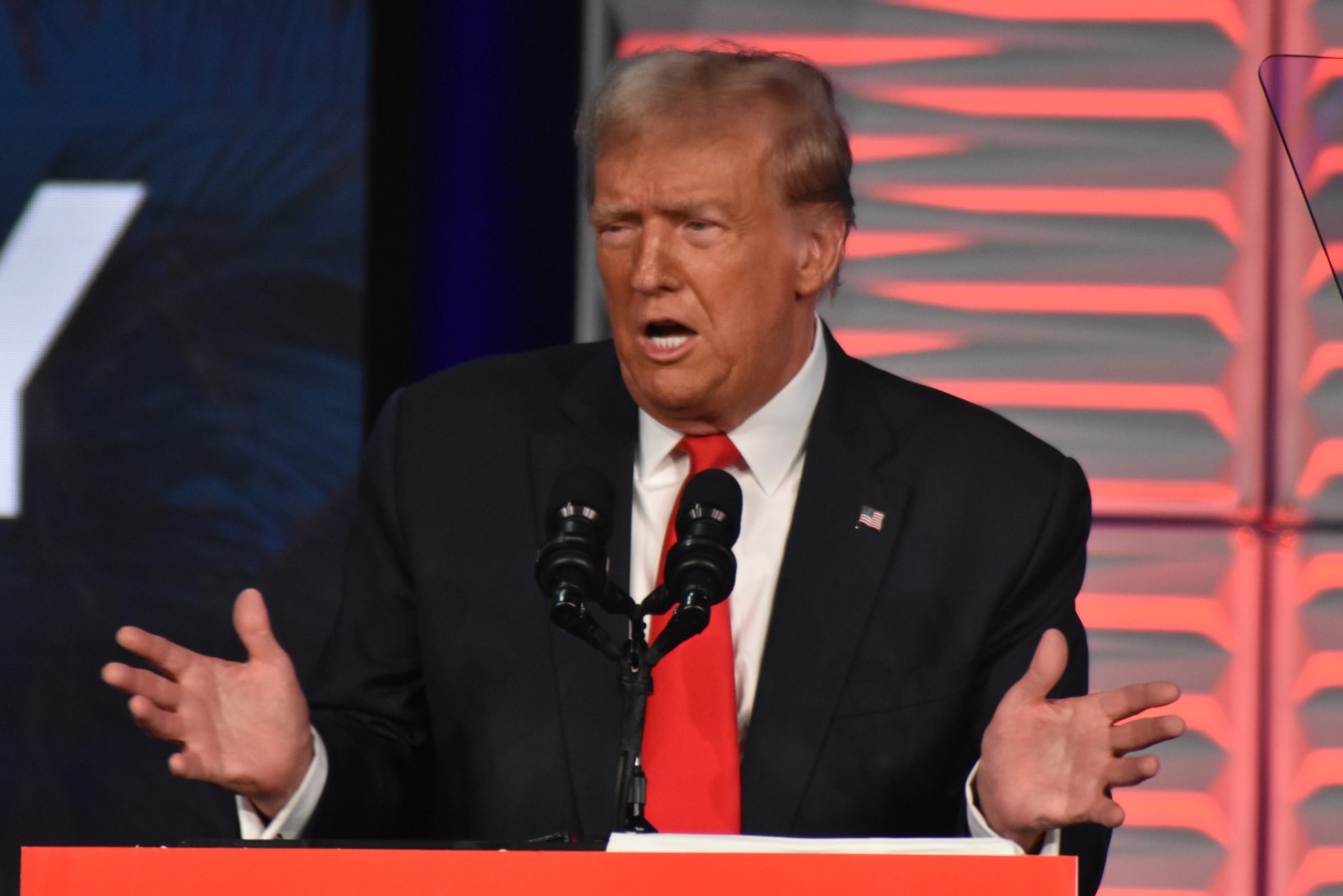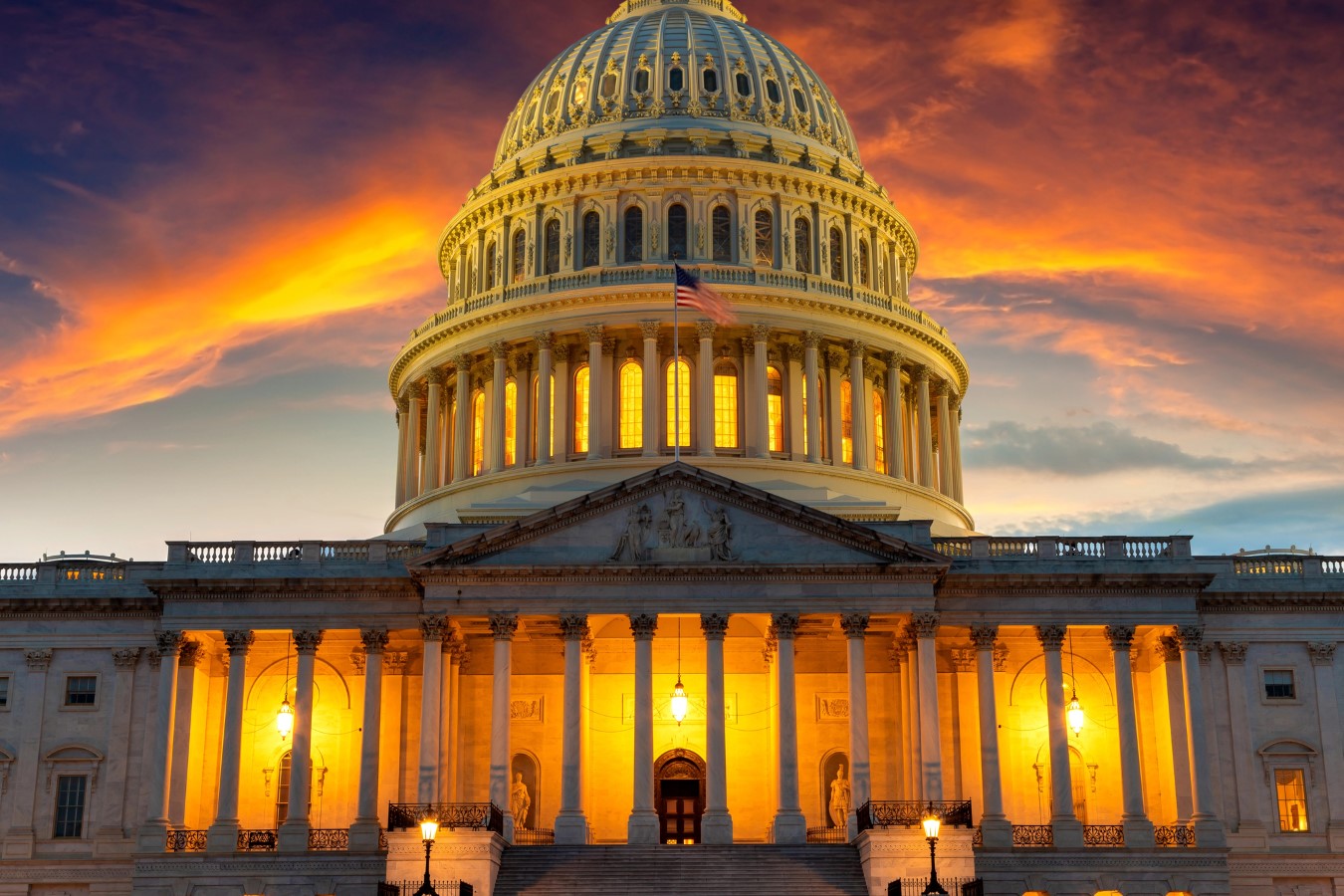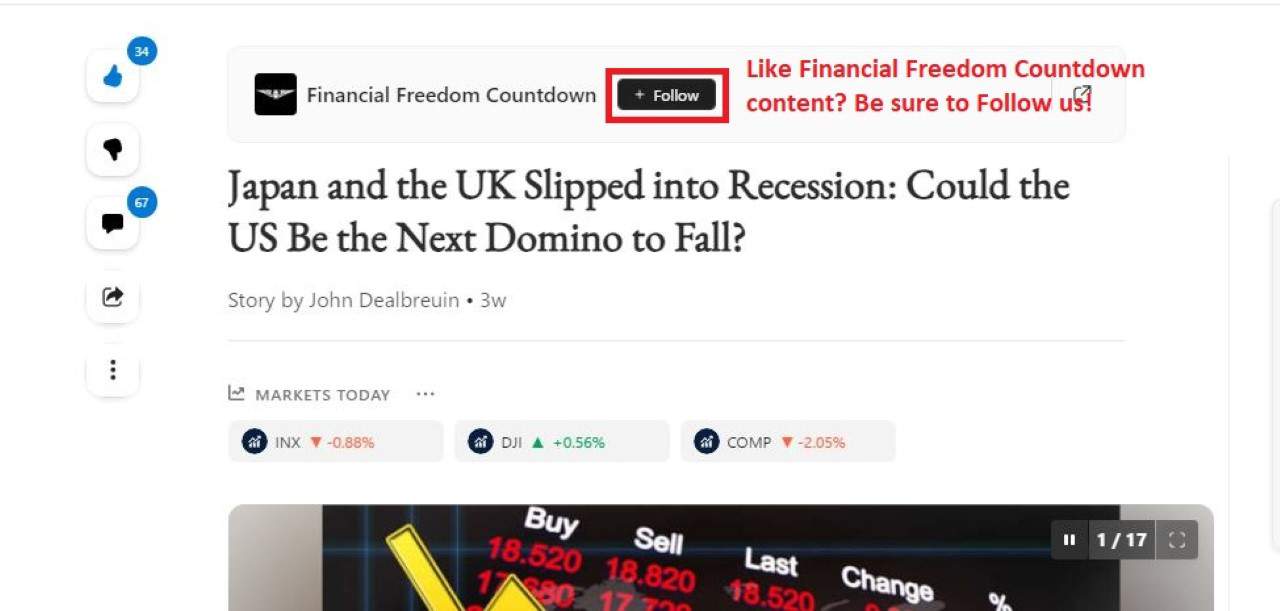Trump’s 50-Year Mortgage Plan Promises Relief But Critics Say It’s A Debt Trap In Disguise – Financial Freedom Countdown
President Donald Trump has floated what he calls a “game-changing” solution to America’s housing crisis: a 50-year mortgage.
The idea, aimed at lowering monthly payments for new buyers, has quickly become one of the most polarizing proposals of his second term.
Supporters say the longer loan term would finally make homeownership attainable again. But critics; including many conservative voices; warn it could trap Americans in decades of debt, enrich lenders, and worsen the very affordability problems it claims to solve.
Trump’s Pitch: A New Era of Homeownership

The president unveiled the idea on his social media platform, posting an image comparing himself to Franklin D. Roosevelt — the architect of the 30-year mortgage standard. “30-year mortgage” was written under Roosevelt’s portrait, and “50-year mortgage” under Trump’s.
Trump-appointed Federal Housing Finance Agency (FHFA) Director Bill Pulte soon confirmed that the administration is “working on” the plan, calling it a “complete game changer.”
Supporters Call It Financial Freedom

Backers like investor John Pompliano hailed the concept as “the next evolution” of affordable home financing. He wrote, “The 30-year mortgage is one of the best financial products available to Americans. 50 years is even better.”
Others, argued it could offer flexibility, noting that homeowners can still pay off loans early.
But the reaction from housing analysts and conservative commentators has been far from enthusiastic.
Real estate expert Graham Stephan warned that 50-year mortgages would mean double the interest with almost no equity growth. “A 50-Year mortgage would allow you to buy approximately 10 percent more house (or save about 10 percent) at the expense of nearly DOUBLING your payment schedule. There’s no way that ends well, he wrote.
Even Trump Allies Are Skeptical

Representative Marjorie Taylor Greene was among the first to break ranks, writing, “I don’t like 50-year mortgages as the solution to the housing affordability crisis. It will ultimately reward the banks, mortgage lenders and homebuilders while people pay far more in interest over time and die before they ever pay off their home. In debt forever, in debt for life!”
Matt Walsh, a conservative commentator, wrote: “This just means your house will be owned by the bank until you die, and after. We don’t need 50-year mortgages. Get the illegal immigrants out of our country. Give America back to Americans.”
Lukas Schubert, a Montana state Republican wrote: “The best way to help young homebuyers is to deport all the 30 million illegals from this country, that will free up a lot of housing!”
Why Trump Thinks It Will Work

The 50-year loan proposal is rooted in a simple idea: stretch out the loan term, and monthly payments drop.
For households squeezed by high mortgage rates and record home prices, that could be appealing.
Since 2022, mortgage rates have hovered around 6% to 7%, and the average age of first-time homebuyers has climbed to a record 40 years old, according to the National Association of Realtors.
Trump’s proposal, in theory, could give buyers room to breathe.
The Numbers Tell a Different Story

In practice, a 50-year mortgage doesn’t necessarily save money. Economist Joel Berner of Realtor.com estimates that at a 6.25% interest rate, a 50-year loan would generate $816,396 in total interest; compared to $438,156 for a standard 30-year mortgage.
That’s an 86% increase in interest payments, or nearly $378,000 more over the life of the loan.
While monthly payments might drop by $200 or $300, borrowers would be locked into decades of debt with little to show for it in equity.
Little Equity, Long Commitment

Housing analysts warn that longer mortgages could make homeownership feel more like a permanent lease. Because interest payments dominate the early years of a loan, homeowners build equity slowly; often too slowly to matter.
“By the time most Americans sell their home; around 12 years in, they’ll have built virtually no equity with a 50-year mortgage,” said Stephan. “It’s basically renting from the bank.”
Legal Hurdles Ahead

There’s also a significant regulatory barrier: federal law.
Legislation passed after the 2008 financial crisis caps most federally backed mortgages at 30 years to limit systemic risk.
To make 50-year loans standard, the Trump administration would need to restructure FHFA rules or push Congress to amend existing housing laws; a tall order, especially in an election cycle.
Could It Backfire on Home Prices?

Some experts argue the plan could worsen the affordability crisis instead of fixing it. By making it easier to qualify for larger loans, the 50-year mortgage could inflate demand; and push prices even higher.
“Subsidizing demand without boosting supply just fuels the problem,” said Logan Mohtashami, lead analyst at HousingWire. “Home prices need to stabilize, not be artificially supported by longer debt.”
The Real Issue: Not Enough Homes

Nearly all sides agree that America’s housing crisis stems from underbuilding, not financing. The U.S. is short between 3 and 4 million homes, according to industry estimates, after more than a decade of sluggish construction following the 2008 crash.
Until that gap is filled, extending mortgage terms won’t solve the core problem; there simply aren’t enough affordable homes to buy.
Instead of changing mortgage structures, many on the right are calling for deregulation and faster construction. They argue that zoning reform, lower tariffs on building materials, and fewer federal restrictions could bring down costs far more effectively.
Would Investors Even Buy In?

Analysts also question whether Wall Street and secondary lenders would embrace such long-term products.
Most U.S. mortgages are bundled and resold to investors. A 50-year term introduces new risk, which means investors will demand higher yields; and that means higher rates for borrowers.
A Symbolic Gesture More Than a Solution

Many economists see Trump’s proposal as politically symbolic, meant to show he’s tackling affordability without touching broader market forces like tariffs, regulation, and zoning.
Buyers might benefit from lower monthly payments, but lenders benefit far more as they get to collect interest for 20 extra years.
A Risky Bet on the American Dream

The 50-year mortgage proposal may appeal to voters desperate for relief, but its long-term consequences could reshape the definition of homeownership itself.
Lower payments today could mean lifelong debt tomorrow; and an economy increasingly reliant on ever-expanding credit.
Until America confronts its housing shortage head-on, experts warn, stretching out mortgages will only delay the pain; not cure it.
Like Financial Freedom Countdown content? Be sure to follow us!
Trump Floats $2,000 ‘Tariff Dividend’ for Americans But Treasury Downplays Talk of Actual Checks

President Donald Trump’s latest social media announcement; a promise to send Americans a $2,000 “dividend” from tariff revenues has generated both excitement and uncertainty. In a Sunday post on Truth Social, Trump declared that a dividend of “at least $2000 a person (not including high income people!)” would be paid to everyone, funded by the trillions in tariff revenue his administration says it’s collecting. But Treasury Secretary Scott Bessent quickly clarified that Americans might not actually see checks in the mail. Instead, he hinted that the so-called “dividend” could come through existing tax cuts and deductions already signed into law.
Trump Floats $2,000 ‘Tariff Dividend’ for Americans But Treasury Downplays Talk of Actual Checks
Treasury Hikes I Bond Rate to 4.03%, Yet Fixed Portion Drops — Here’s What It Means for Savers

The U.S. Treasury has announced a new 4.03% rate for Series I savings bonds, slightly higher than the previous 3.98%. But beneath the bump lies a subtle setback: the fixed-rate portion has slipped to 0.9% from 1.1%. That quiet change could reduce long-term returns for investors hoping to lock in inflation-protected income, even as I bonds remain one of the safest options for conservative savers.
Treasury Hikes I Bond Rate to 4.03%, Yet Fixed Portion Drops — Here’s What It Means for Savers
Why Many Seniors Are Ditching Medicare Advantage for Medigap; Even With Higher Premiums

As Medicare open enrollment heats up, millions of seniors are facing one of the most consequential financial decisions of retirement: whether to stay with a Medicare Advantage plan or switch to a Medicare supplemental policy; better known as Medigap. The choice doesn’t just determine monthly costs; it can also affect access to doctors, treatment options, and out-of-pocket spending for years to come.
Why Many Seniors Are Ditching Medicare Advantage for Medigap; Even With Higher Premiums

Did you find this article helpful? We’d love to hear your thoughts! Leave a comment with the box on the left-hand side of the screen and share your thoughts.
Also, do you want to stay up-to-date on our latest content?
1. Follow us by clicking the [+ Follow] button above,
2. Give the article a Thumbs Up on the top-left side of the screen.
3. And lastly, if you think this information would benefit your friends and family, don’t hesitate to share it with them!

John Dealbreuin came from a third world country to the US with only $1,000 not knowing anyone; guided by an immigrant dream. In 12 years, he achieved his retirement number.
He started Financial Freedom Countdown to help everyone think differently about their financial challenges and live their best lives. John resides in the San Francisco Bay Area enjoying nature trails and weight training.
Here are his recommended tools
Personal Capital: This is a free tool John uses to track his net worth on a regular basis and as a retirement planner. It also alerts him wrt hidden fees and has a budget tracker included.
Platforms like Yieldstreet provide investment options in art, legal, real estate, structured notes, venture capital, etc. They also have fixed-income portfolios spread across multiple asset classes with a single investment with low minimums of $10,000.